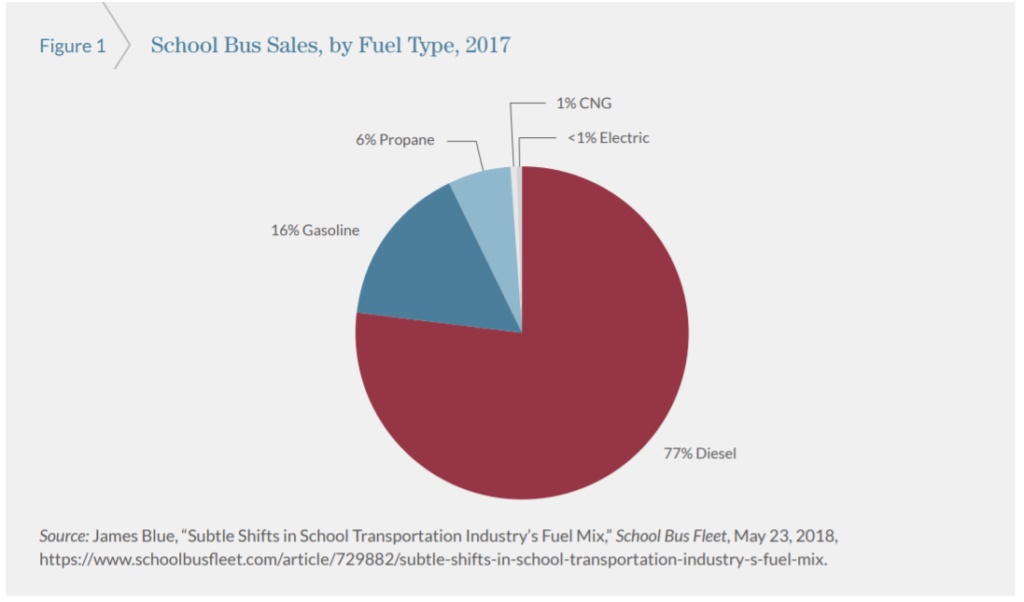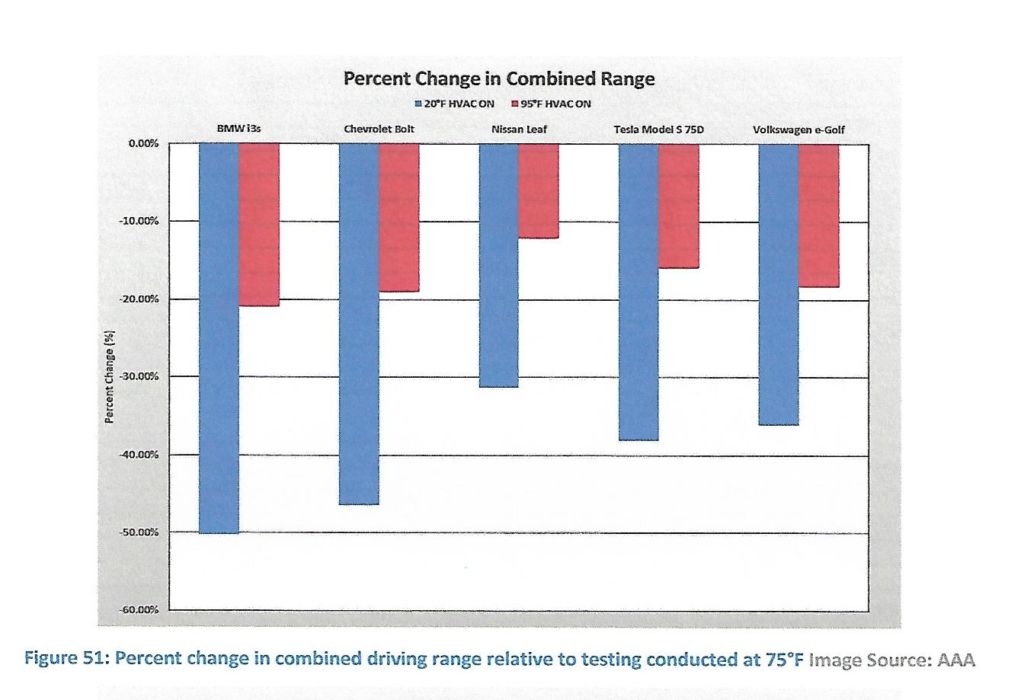Biden-Sanders Unity Plan for An All-Electric School Bus Fleet is a Terrible Idea
A recent document called the Biden-Sanders Unity Task Force Recommendations calls for transitioning the entire fleet of 500,000 school buses in the United States, to American-made, zero-emission alternatives within five years. However, converting the entire school bus fleet from a mostly diesel-fueled fleet to electric buses is a terrible idea.

The Worst of Both Worlds: Electric Buses are More Expensive, Less Useful
As we have discussed many times in the past, electric vehicles are simply more expensive and less useful than their gasoline and diesel powered counterparts, and the same is true for school buses.
According to Bellweather Education Partners, a national nonprofit organization that is focused on improving education and life outcomes for underserved children, electric buses are far more than three times more than their diesel powered counterparts, as you can see in the chart below.

Bellweather found: “If all of the $25 billion currently spent on school transportation each year were allocated towards new electric buses, it would only buy about 86,000 buses, replacing less than 20 percent of diesel school buses at current cost levels.” Keep in mind that this doesn’t include the charging infrastructure needed to charge the electric buses, which also come at significant costs:
“Districts also need to install their own charging stations for electric buses. There are more than 21,000 public electric charging stations76 across all 50 states,77 but electric school buses typically use more powerful, more expensive chargers — up to $50,000 each — than smaller electric vehicles.
Not only are these buses and the associated infrastructure more expensive, electric buses are less useful than traditional buses. This is especially true in cold areas of the country because electric vehicle batteries lose much of their range when it gets cold outside. According to AAA, electric cars see their range fall when temperatures dip below 20 degrees Fahrenheit. According to Bellweater:
“In the public transit sector, some cities have also experienced challenges adopting electric school buses, including limited battery ranges due to factors like extreme temperatures and high elevation.”
A brief newsflash for Congresswoman Alexandria Ocassio Cortez and John Kerry, it gets much colder than this in Minnesota, and many other areas of the great Midwest and in the Rocky Mountains.
According to AAA, cold temperatures, alone, reduced the range of electric vehicles studied between 10 and 20 percent. However, if the vehicle is using the heating system, which they assuredly would on a school bus in the winter time, the range plummets by 30 to 50 percent.

This presents real challenges for school districts, particularly those located in rural areas in northern states. Children in rural districts are spread further apart. This means buses must travel further in between houses, and have less time to recharge in between morning pickups and afternoon drop offs. According to a 2015 article in the Star Tribune, buses in St. Louis County, Minnesota put on more than 1 million miles per year.
If buses are responsible for picking up all kids in the morning, dropping off kindergartners in the early afternoon, and then dropping off the rest of the kids in the afternoon, that leaves very little time for charging buses during the day for rural areas.
Stuck on the Bus
The shortened battery life of electric buses in cold temperatures also presents a very real health risk. In 2018, about 300 St. Paul students were stuck on buses or in schools between 10 p.m. and midnight Monday, according to the district. The last student arrived home at 12:05 a.m. Tuesday, according to the St. Paul Pioneer Press. This event was unacceptable and terrifying for the kids onboard the buses, but it could have easily been much worse had they been riding electric buses.
Electric engines are efficient, and are able to convert almost all of the energy stored in their batteries into useful energy. Diesel and gas engines on the other hand, do not capture all of the energy used in the fuel, and much of it is converted to heat.
While this is unfortunate in the summer time, it is an advantage for internal combustion engines in the winter time because the excess heat from the engine burning fuel is used to heat the cabin of the car or bus. Electric buses, on the other hand, must convert electricity stored in the battery into heat, which is why their range plummets so much in the winter when the heating system is on.
In situations like these, diesel buses are much safer for children than electric buses. For one, more heat is available for longer, and two, it is must faster to refuel a diesel-powered bus than an electric bus. Furthermore, if a diesel powered school bus were stuck in a ditch, it would be possible to transport enough fuel to the bus to keep it warm until the bus were recovered. This wouldn’t be realistic with an electric bus, especially in a rural area.
The Tragic School Bus
Proposals to turn the entire school bus fleet into electric buses within five years are so unrealistic they are laughable, but they are also dangerous. The Task Force Recommendations indicate that AOC will likely have a prominent role in crafting energy and environmental policy under a potential Biden administration, and people must know how energy illiterate some of these proposals truly are.